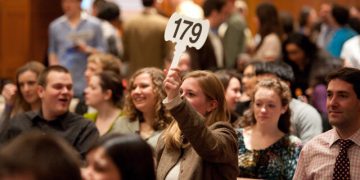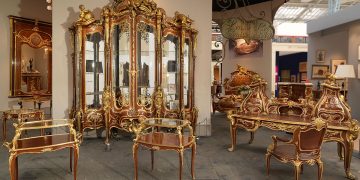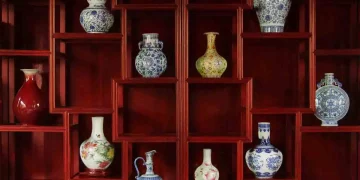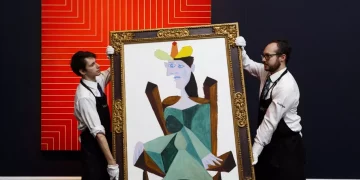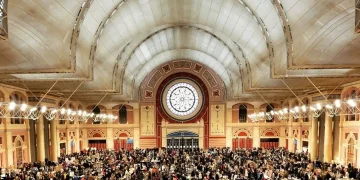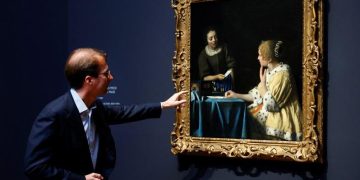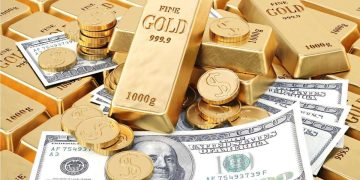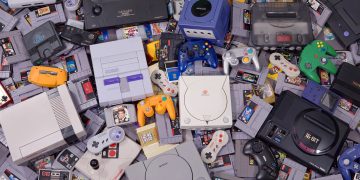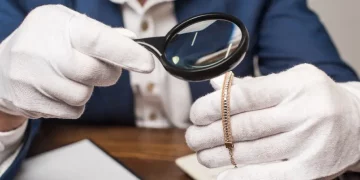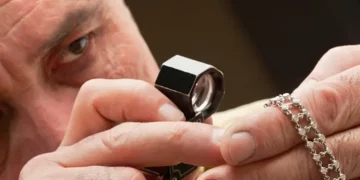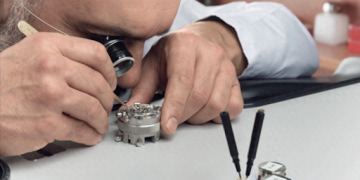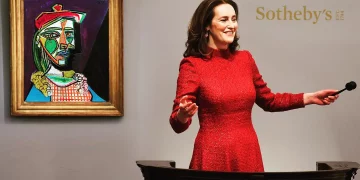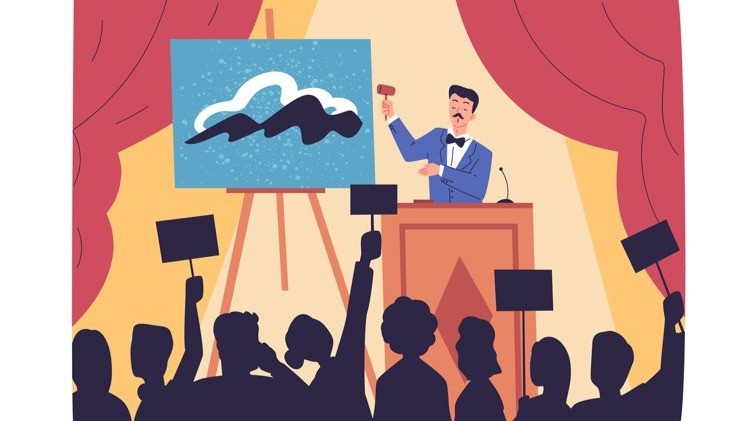Introduction
For collectors, investors, and enthusiasts, predicting the final hammer price of rare collectibles at auction is both an art and a science. The thrill of an auction is intensified by the anticipation of how much a rare item will fetch. Whether you’re eyeing a piece of fine art, a vintage coin, or an iconic piece of pop culture memorabilia, understanding the factors that drive auction prices can give you an edge in competitive bidding.
But how can you predict the final price of rare collectibles before the auctioneer’s gavel falls? What hidden elements affect these price fluctuations, and are there any surefire ways to forecast the outcome of a bid? In this article, we will explore the secrets behind predicting auction prices, breaking down the variables that contribute to the final hammer price and offering strategies for making more informed predictions.
1. Understand the Provenance: The Power of Historical Context
One of the first steps in predicting the price of a rare collectible is to examine its provenance—the history of ownership and origin of the item. Provenance provides vital context that can significantly influence its auction value.
Key Points:
- Celebrity or Historical Significance: Items with a storied past, particularly those with ties to celebrities, historical figures, or significant events, tend to fetch higher prices. For example, if a painting was once owned by a renowned artist or a rare coin belonged to an ancient emperor, collectors will place higher value on the narrative behind it.
- Previous Ownership: If a collectible has passed through multiple well-known hands (e.g., high-profile collectors, royal families, or museums), the auction price will likely be driven up by the prestige associated with these connections.
- Documented Provenance: The more documented the item’s history, the higher the confidence bidders will have in its authenticity, which often leads to higher prices. Lack of provenance, on the other hand, can reduce interest, causing prices to drop.
2. Market Demand and Current Trends
Market demand plays a significant role in the final price of rare collectibles. Trends in the collectibles market are often cyclical, with certain items or categories gaining popularity while others fall out of favor. Understanding these shifts can give you a better sense of how much an item might go for at auction.
Key Points:
- Emerging Collectible Categories: Pay attention to current trends in the collectibles market. For example, NFTs and digital art have surged in popularity, and if you’re predicting the price of such items, it’s crucial to gauge how the market is reacting. Likewise, the resurgence of interest in vintage video games, rare sports memorabilia, or classic cars may signal higher prices for those categories.
- The Impact of Pop Culture: Items tied to pop culture (e.g., movie memorabilia, iconic costumes, limited-edition collectibles) often see price fluctuations based on recent cultural events. The value of a first-edition comic book, for instance, may skyrocket if a movie adaptation of the character becomes a box office hit.
- Global Economic Climate: The state of the economy has a profound influence on the demand for luxury items and rare collectibles. During times of economic uncertainty, wealthy investors may turn to tangible assets like rare art, watches, or coins as a safe haven, pushing their prices up.
3. Rarity and Condition: The Golden Formula for High Prices
Two of the most critical factors in determining the price of any rare collectible are rarity and condition. The rarer and more pristine an item, the higher the price it will likely command at auction.
Key Points:
- Scarcity: Items that are limited in number or have unique qualities will always attract higher bids. For example, a rare one-of-a-kind painting by a famous artist or a coin that was produced in a limited run will almost certainly go for a premium.
- Condition: The condition of an item is arguably the most important factor in predicting its price. Items that are well-preserved, whether they are vintage watches, classic cars, or antique furniture, tend to fetch higher prices than those in poor condition. Minor restorations or imperfections can have a significant impact on an item’s value, so assessing condition is critical.
- Grading Systems: In certain collectible markets like coins, comic books, and sports cards, items are graded for their condition on a standardized scale (e.g., CGC grading for comic books or PSA grading for trading cards). Items with higher grades will almost always sell for more, so knowing how a collectible will be graded can give you insight into the likely final price.
4. Auction House Expertise and Catalog Presentation
The auction house that is handling the sale can have a major influence on the final price. Renowned auction houses like Sotheby’s, Christie’s, and Bonhams often have a built-in clientele of wealthy collectors, investors, and industry experts, which can drive prices up. But it’s not just the reputation of the auction house that matters—it’s also how the item is presented.
Key Points:
- Auction House Reputation: Auctions held by well-established auction houses tend to attract serious bidders who are more likely to push prices higher. These institutions also have extensive marketing and promotional reach, which helps build anticipation around an item. If a rare collectible is being sold by a reputable auction house, it’s more likely to achieve a higher price.
- Catalog Description and Marketing: How the item is described and marketed in the auction catalog is also essential. A carefully crafted, well-researched description can enhance an item’s appeal and increase the chances of a higher price. Comprehensive provenance, expert analysis, and even visual storytelling (such as high-quality photography or videos) all help create a narrative that bidders are more willing to pay a premium for.
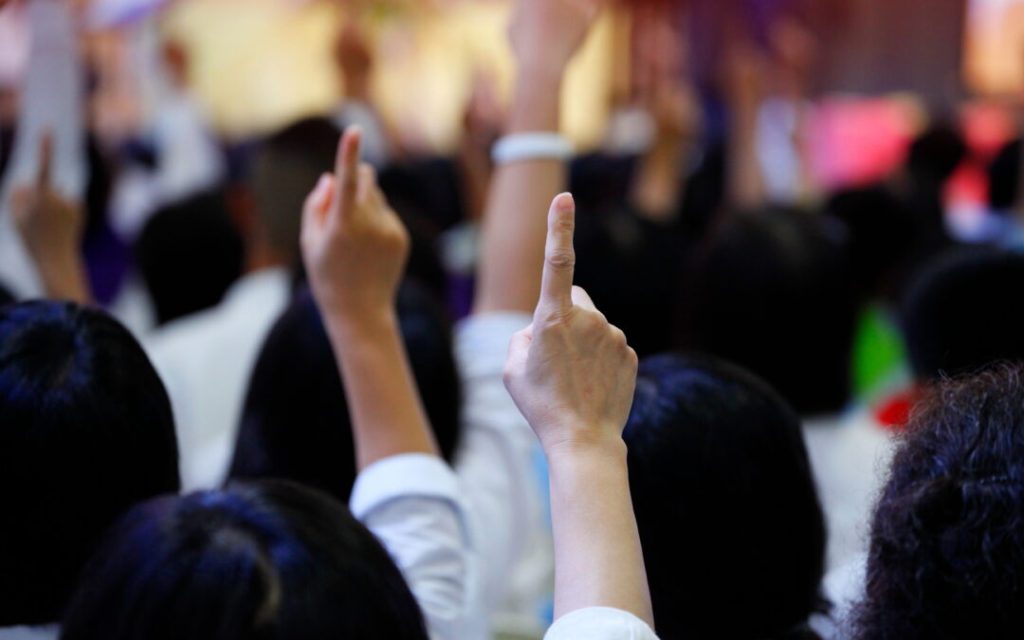
5. Bidding Behavior: Psychology and Competitive Dynamics
Understanding the psychology of bidding can help you predict how competitive the bidding process will be and, consequently, how much the collectible is likely to sell for.
Key Points:
- Competition and Bidding Wars: The more bidders that are interested in a particular item, the higher the price will go. Items that spark intense bidding wars, especially when high-profile collectors are involved, often sell for much more than anticipated.
- Psychological Pricing: Many auctions have price thresholds that trigger psychological responses. For example, when an item nears a price like $100,000 or $1 million, it often sets off a competitive frenzy, where bidders keep raising the price just to beat out others. Bidders are sometimes driven by a desire to “win” rather than strictly by value.
- Reserve Price and Buyer’s Premium: Understanding the auction’s reserve price (the minimum price the seller is willing to accept) and the buyer’s premium (the additional fee on top of the hammer price) can help you predict the final price. If an item is close to reaching its reserve price early, you can anticipate that the bidding will be fierce in the later stages of the auction.
6. Expert Opinions and Market Analysis
For rare collectibles, expert opinions and market analysis can be invaluable tools in predicting the final price. Auction houses, appraisers, and market analysts often have a deep understanding of what makes a particular item valuable, and their insights can help shape your bidding strategy.
Key Points:
- Expert Appraisers: Auction houses typically have specialists who can assess the value of items in their catalog based on current market trends and their own expertise. These specialists provide price estimates that can give bidders a ballpark idea of what to expect. While these are not guarantees, they can provide an educated starting point.
- Market Research: Look at past auction results for similar items. Analyzing past sales of comparable pieces can give you insight into price trends. If similar works of art, rare books, or vintage cars have been consistently selling at a high price, it’s likely that a similar item will follow suit.
- Analyst Predictions: Some auction houses and independent market analysts will publish forecasts on upcoming sales, identifying the hottest lots and the most likely to see record-breaking bids. Keeping track of these predictions can help you assess whether an item is likely to sell for more or less than its estimate.
7. Timing of the Auction: Seasonality and Market Conditions
The timing of an auction can also influence the final price. Auctions held during peak seasons or at times of high economic optimism tend to see higher bids, while those held during off-seasons or times of financial uncertainty might see lower prices.
Key Points:
- Seasonal Factors: Major auction houses often schedule sales during certain months, with some periods of the year (such as fall and spring) being more favorable for high-value sales. The presence of other significant cultural events, such as art fairs, sports seasons, or holidays, can also impact auction dynamics.
- Economic Climate: The global economic environment—whether it’s a period of growth, recession, or uncertainty—can influence collectors’ willingness to bid. In times of financial uncertainty, the market for luxury goods and collectibles may slow down, resulting in lower prices. Conversely, in times of economic growth, people may be more willing to spend on high-value collectibles.
Conclusion
Predicting the final hammer price of rare collectibles at auction requires a combination of knowledge, intuition, and strategic thinking. By examining factors like provenance, rarity, condition, market demand, and the psychology of bidding, collectors and investors can make informed predictions about what an item might sell for. While no prediction is ever 100% accurate, understanding the underlying principles that drive auction prices can significantly improve your chances of success in the competitive auction environment. Whether you’re bidding on fine art, vintage cars, or rare memorabilia, keeping these factors in mind will help you navigate the auction process with confidence.


